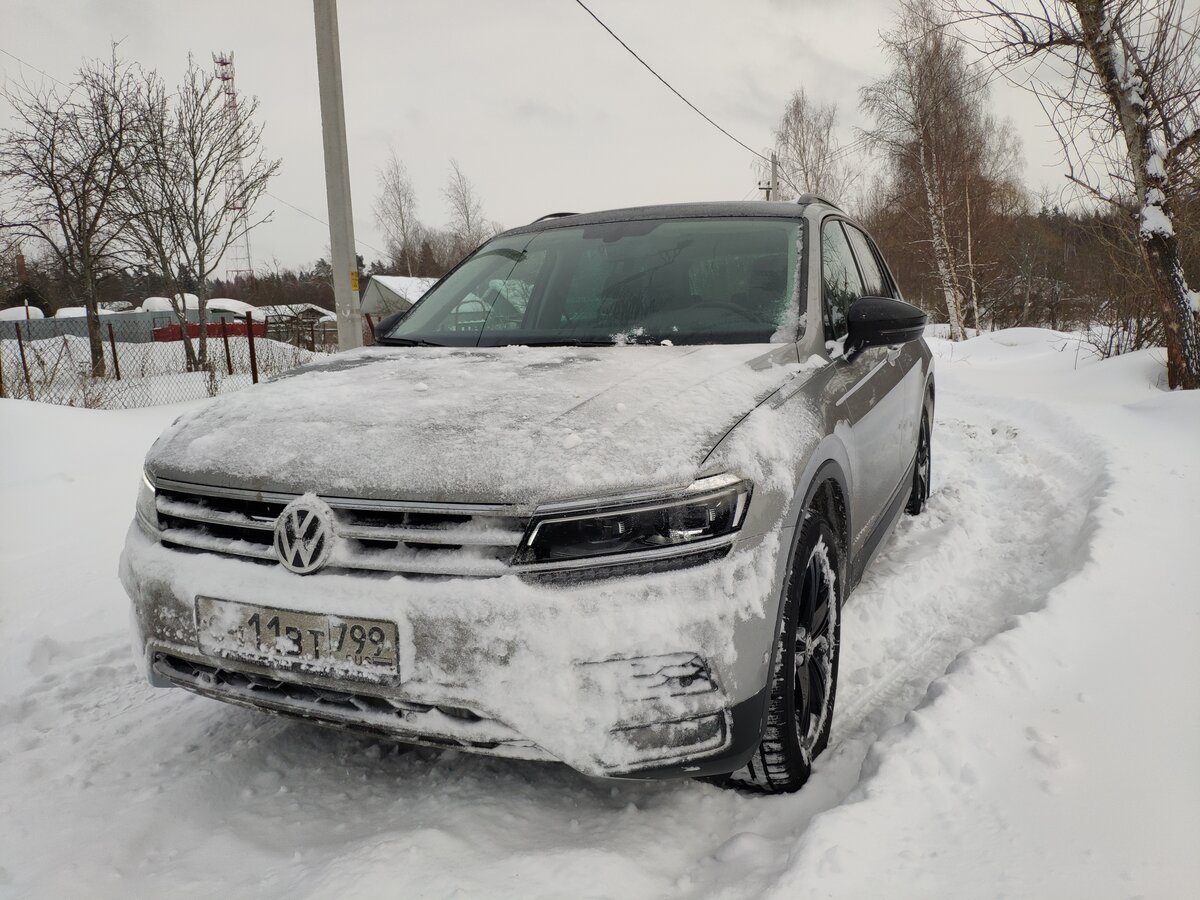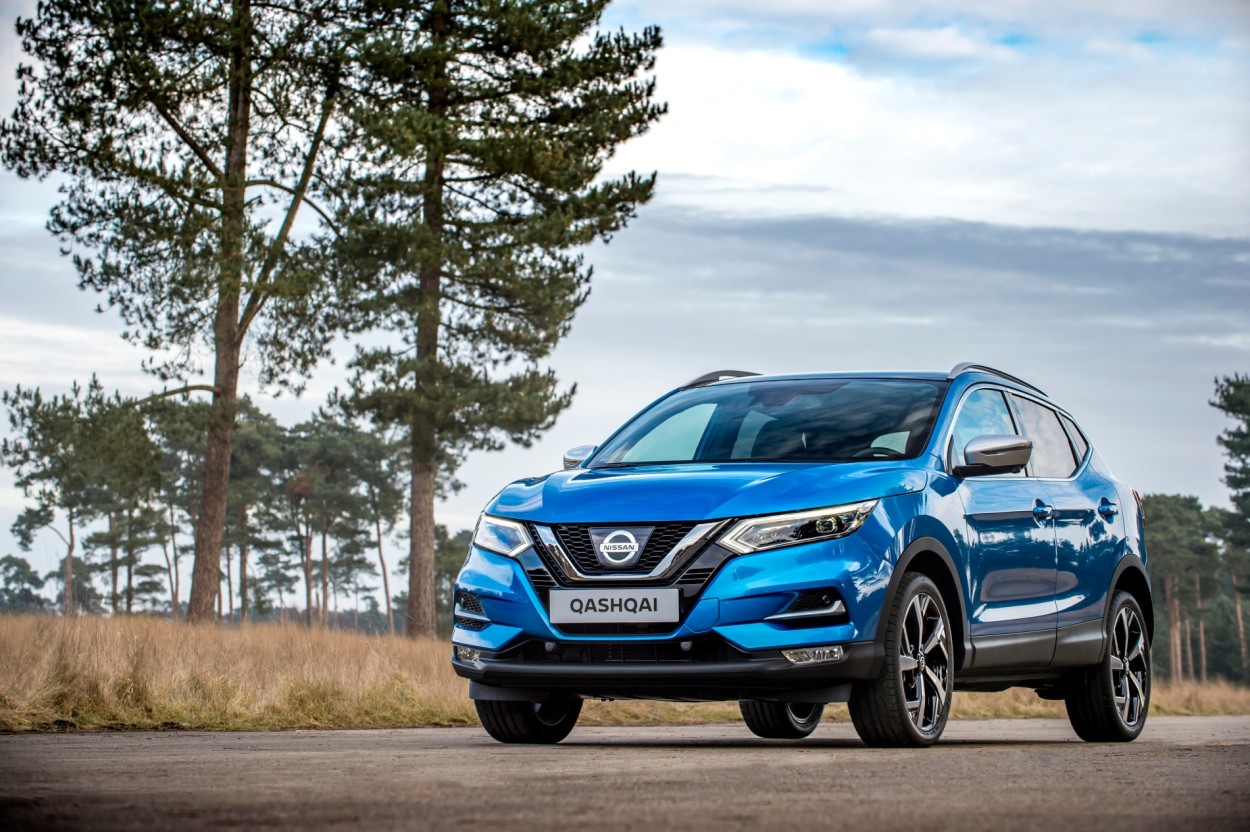
Saab 900 NG / 9-3 – not so terrible
Saab has always been associated with cars for individualists, cut off from the automotive mainstream. Today, several years after the collapse of the brand, we can only look for used cars. We take a look at the 900 NG and its successor, one of Saab's cheapest entry options.
Despite the change in naming, the Saab 900 NG (1994-1998) and 9-3 (1998-2002) are twin cars in design, differing in body parts, interior and an upgraded engine tray. Of course, at the time of the 9-3's launch, Saab listed hundreds of fixes and modifications, but the difference between the cars isn't big enough to be considered separate models.
The Saab 900 NG was launched at a time when the Swedish brand was being run by General Motors. The Swedes had wiggle room on many issues, but some corporate policies could not be jumped over.
Designers and designers wanted to drag as much style as possible from today's classic crocodile (First generation Saab 900) and branded solutions. Despite the relationship with GM, they managed to keep, in particular, the shape of the dashboard, the ignition switch between the seats or the night panel, which is a reference to the company's aviation history. Security hasn't been spared either. The body is distinguished by its strength, as evidenced, for example, by photos of cars after a rollover, in which the racks do not deform. Of course, we can't be charmed - Saab doesn't meet modern EuroNCAP standards enough to get a full set of stars. Already at the time of the launch of the 900 NG, the car did not show increased resistance to frontal collisions.
engines - not all are remarkable
For the Saab 900 NG and 9-3, there are two main engine families (B204 and B205/B235). The B204 units were installed on the Saab 900 NG and shortly after the initial upgrade on the 9-3.
The base 2-liter petrol engine developed 133 hp. or 185 hp in the turbocharged version. The 900 NG was also powered by Opel's naturally aspirated 6 hp V2,5 engine. from a 170-liter engine and a 2.3 engine with 150 hp.
From model year 2000, the Saab 9-3 used a new engine family (B205 and B235). The engines were based on the old line, but many changes were made to reduce weight and improve fuel efficiency. The updated palette is generally considered inferior. Particular attention should be paid to the inspection of sockets and variations. Units from the new line are also considered less durable in the case of tuning. Among other things, for this reason, the so-called. hybrids, i.e. unit modifications that combine engine elements from both families.
The updated engine range includes a turbocharged version with a capacity of 156 hp. and a 2,2-liter diesel from Opel (115-125 hp). Taste was the supercharged version of the 2.3 unit, available only in the limited edition Viggen. The engine produced 228 hp. and provided excellent performance: acceleration to 100 km / h took 6,8 seconds, and the car could accelerate to 250 km / h. In addition to the Viggen version, it is worth mentioning the 205-horsepower Aero, which takes 7,3 seconds for the speedometer to show 100 km / h. In addition, this car could accelerate to 235 km / h.
Saab's performance should be considered satisfactory in naturally aspirated versions (about 10-11 seconds to 100 km/h, top speed 200 km/h) and very good for low-load variants, the weakest of which was able to reach 100 km/h in less than 9 seconds.
Turbocharged Saab units are easy to modify, and reaching 270 hp is neither expensive nor complicated. The most motivated users can produce even more than 500 hp. from a two-liter bike.
Gasoline engines should be considered fuel consuming in the urban cycle, but have an acceptable fuel consumption when driving outside of built-up areas. Opel has an average manual transmission. Its main problem is the reverse gear synchronizer. An old-fashioned four-speed automatic transmission would not be a good alternative. It is clearly slower than manual.
An interesting fact is the Sensonic gearbox fitted to a small number of turbocharged Saab 900 NG cars, which was notable for its lack of clutch. The driver could change gears like a standard manual transmission, but without having to depress the clutch. The electronic system did its job (faster than the driver could have done). Today, a car in this design is an interesting specimen, more suitable for a collection than for everyday use.
The quality of the interior finish is a big plus. Velor upholstery has no signs of wear, even after a run of about 300 thousand. km. The quality of the steering wheel or plastic finish is also not satisfactory, which pleases, especially when we are dealing with an adult car. The disadvantage is the on-board computer and air conditioner displays, which tend to burn out pixels. However, repairing a SID display will not be expensive – it can cost around PLN 100-200.
Many Saabs, even the 900 NG models, are well equipped. In addition to the safety standard (airbags and ABS), we even find automatic air conditioning, a good audio system or heated seats.
The car was available in three body styles: coupe, hatchback and convertible. This is the official nomenclature, while the coupe is actually a three-door hatchback. The coupé version, with a significantly lower roofline, never left the prototype stage. Convertible models and three-door options, especially in the Aero and Viggen versions, are the biggest problem in the aftermarket.
Due to the high sideline, the Saab coupe has a huge luggage compartment. There is enough space in the back seat for two adults – this is not a typical 2 + 2 car, although the comfort of the Saab 9-5 is, of course, out of the question. However, in addition to the difficulty of landing, moving around in the back seat should not be a problem for people no taller than average height. Although the fact that Zakhar could complain in the test of a two-meter car.
Saab 900 NG or its upgraded version of the first generation 9-3 - an offer worthy of attention? Without a doubt, this is a car that stands out from others available at a similar budget. Despite some shortcomings, it is an extremely durable construction that is a pleasure to drive and guarantees satisfactory comfort.
Don't fall for the stereotype that Saab parts are expensive and hard to come by. Prices, compared to Volvo, BMW or Mercedes, will not be higher. The most expensive elements include the ignition cassette in turbocharged gasoline versions. In the event of its failure, a cost of the order of PLN 800-1500 should be taken into account, depending on the decision whether to install the original or a replacement (although this is rather not recommended by professionals).
Repairing a Saab 900/9-3 is also not as difficult as one would expect from forum posts. A mechanic repairing European cars of those years must also deal with the described Swede, although there is of course a group of users who decide to be serviced only in specialized places for the brand.
Standard consumables and suspension parts won't be outrageously expensive, although it should be in the tales that since the Saab is based on a Vectra floor plate, the entire suspension system will be convertible.
There are no problems with the availability of spare parts either. And if the product is not in the offer of car stores, stores dedicated to the brand come to the rescue, where almost everything is available.
Worse with body parts, especially in less popular versions - bumpers or spoilers from Saab in Aero, Viggen or Talladega versions are out of reach and you have to hunt for them on forums, social groups, etc. dedicated to the brand or on online auctions . On a positive note, the Saab user community not only greets each other on the road, but also lends a helping hand in the event of a breakdown.
It's worth taking a look at the aftermarket offering, which, despite being rather sparse, offers excellent, spoiled examples from fans of the brand who have put a lot of heart into their cars. When looking for a copy for yourself, be patient and check out the most popular Saab fan forums. Patience can pay off.
Saab 900 NG prices start at around PLN 3 and end at PLN 000-12 for top versions and convertibles. Saab 000-13 of the first generation can be bought for about 000 PLN. And by spending up to PLN 9, you can become the owner of a powerful, distinctive car that provides comfort and driving pleasure. The Aero and Viggen versions are the most expensive. The latter already costs PLN 3, and the number of copies is very small - a total of 6 copies of this car were produced.

